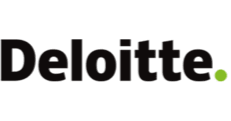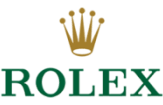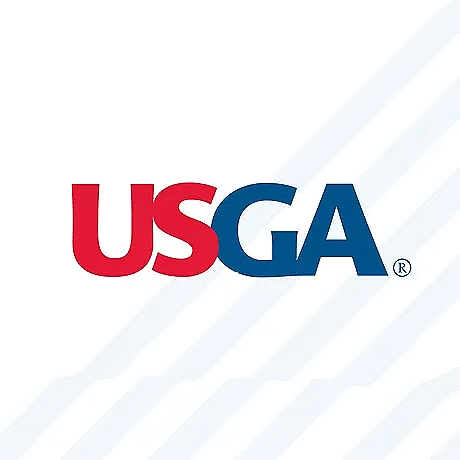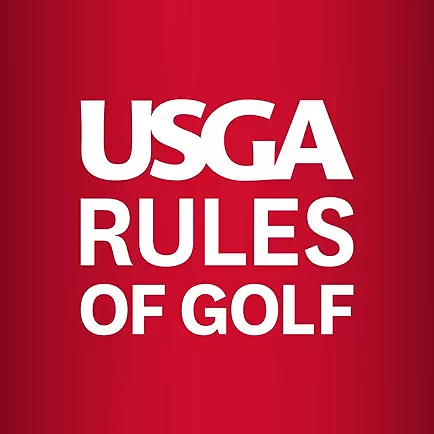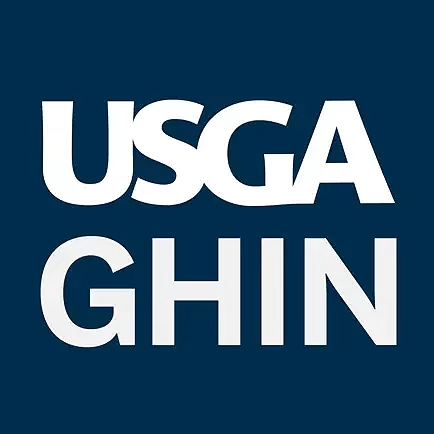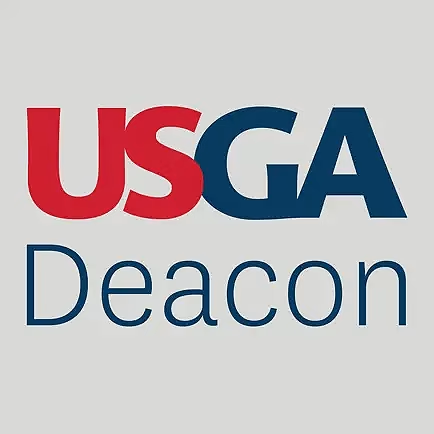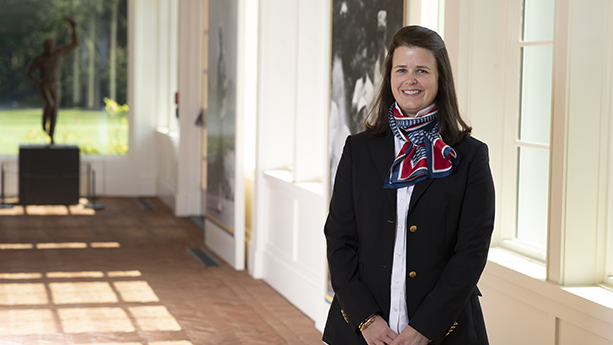 |
Senior Director, USGA Golf Museum and Library
As the Senior Director of the USGA Golf Museum and Library, Hilary Cronheim oversees the execution of the museum’s strategic initiatives, including strengthening its premier collection, expanding public programming, leveraging digital media, enhancing access to research collections, and reinforcing its role as the world’s leading center for golf scholarship.
Cronheim joined the USGA in March 2015 as special collections librarian and most recently served as senior librarian, overseeing the world’s largest and most comprehensive golf library. Through her work in the library, Hilary developed strong relationships with researchers and scholars worldwide, and played a critical role in supporting some of the USGA’s most important initiatives includes rules modernization, distance insights and USGA championships.
Prior to her time at the USGA, Hilary gained valuable experience in some of the nation’s leading museums, such as the Art Institute of Chicago and the Frick Collection in New York City. She has also completed studies and research at the University of Venice (Italy) and the Université Charles-de-Gaulle Lille 3 in Lille, France.
Cronheim has a master’s degree in art, art history and visual studies from Duke University and a bachelor’s degree in art history from Cornell University. She currently resides in Bernardsville, N.J., with her husband, David and her daughter and son, Cricket and Fritz.
Additional Information
Museums have always been one of the most important things in my life. As a child, I always gravitated to audio guide tours and though I had no artistic skill, I knew that I wanted to spend my life in museums. When I was a high school student at Lawrenceville, for fun, I spent a summer researching and writing “A Student’s Gallery Guide to the Princeton Art Museum.” Beginning in high school, I sought out internships at museums all over the country. I have worked in all parts of a museum – from visitor services to education to the curatorial and research departments and now as a director. Each day in my new role I am learning something new – not only about how to run a Museum but also about the game of golf.
The disciplines that I spent time immersed in during my graduate school career have informed my perspective, and my art history background has been foundational to my success at the USGA. My graduate work at Duke University was profoundly cross-disciplinary, combining art history, economics, data visualization and digital humanities.
As an art historian trained in the visual culture of the Netherlands and Low Countries in the early modern period, it has been impossible for me to ignore the economic and regulatory frameworks under which art markets emerged. I was trained as traditional object-based art historian who
became attuned to the need to consider the impact of market mechanisms on visual culture. In my doctoral studies at Duke, I ventured far outside my comfort zone to learn, embrace and implement tools from theoretical and applied economics into my research. Using eighteenth-century Paris as a case study, I demonstrated how an economic approach to art history fundamentally changes our understanding of buying, selling and collecting patterns. I introduced economic theoretical-based frameworks that help re-conceptualize our understanding of Parisian market practices. Data analytics and data visualization have been key tools for me, which I also used during my time as the Director of Research and Market Analytics at BSJ Fine Art, a strategic fine-arts consulting firm based in New York City.
Throughout my career, I gained a sophisticated understanding of library and archival best practices both as a researcher and as a practitioner by working in the curatorial and educational departments of some of the nation’s leading museums. During that time, I developed an expertise in handling, preserving and cataloging archival materials. My experience is particularly extensive with works on paper, which made me prepared to manage large collections of primary source materials in the USGA Library.
My art history background also informs the mark that I hope to leave on the collection at the USGA Golf Museum and Library. One of my long-term goals is to elevate the fine art collection by acquiring works by preeminent European and American artists. The most recent example of this is the acquisition of a painting by American Impressionist Childe Hassam.
I began playing golf in 2008 and shortly thereafter moved to New Jersey. In 2010, while still in graduate school, I applied for an internship at the USGA Golf Museum and although internships were not being offered at that time, I always kept my eye on the Museum. When a posting for a Librarian to oversee the USGA Library opened in 2014, I jumped at the opportunity. I had always been inspired by Rand Jerris, who had led a golf museum as director with an art history PhD. Although I knew nothing about Rand at the time, he was an inspiration for me as I was looking to make a career change.
I am one of three Museum staff members who actively plays golf. I believe that this is an important piece of my role and immerses me in the game in a different capacity. I sit on the Golf Committee at Somerset Hills Country Club and I work hard to be an active member at the club. My husband, David Cronheim, is the CEO and General Counsel of Watchung Valley Golf Club, a private club in Watchung, New Jersey that his family has owned since the 1940s. David is also on the Board of Trustees for the New Jersey State Golf Association and leading the Township of West Orange’s acquisition, redevelopment, and restoration of Rock Spring Golf Club.
My current role as Senior Director affords me many significant and unique opportunities, both within the museum world and within the game of golf. In this role, I can both influence and leave my mark on the collection, make important strategic decisions for the Museum’s future, and oversee our efforts to collect and preserve golf history as only we know how to do. I take that responsibility tremendously seriously. I can shape the Museum’s strategic direction, further expand our reach and proactively seek out opportunities to shed light on the Museum’s incredible work. My current challenge is to build an endowment for the Museum and to take steps to ensure the Museum’s financial success.
I am blessed to work with a team of incredibly bright, motivated, and passionate individuals who are the absolute best at what they do. Their commitment to their work and the betterment of the Museum makes my job easier, and it is a joy to come to work everyday to collaborate with them.



